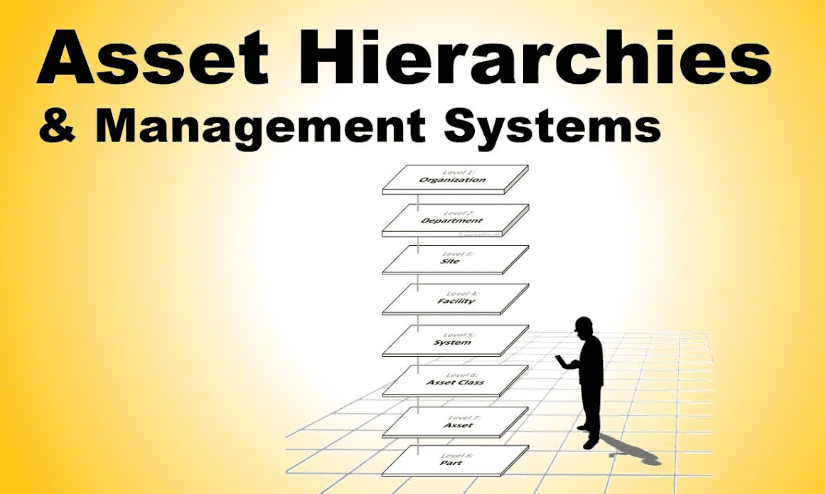Having a company does not necessarily mean you will be a successful manager. You need to understand and implement a direct asset heirarchy for all your valuable assets. Besides the human resources that are by far your most valuable assets you need to have a clear view of all the others.
When setting up your asset hierarchy, you must have access to all pertinent asset information from the original manufacturer. For instance, the Carrier Weathermaker 8000 Parts Diagram, Manual, and More is what you need to properly document asset details in your asset registry. However, it is difficult to properly plan maintenance for that asset if you do not know where it fits among other assets and locations under your supervision. Let’s examine how asset hierarchy could give you a competitive advantage against others and why it’s important to start implementing it as soon as possible.
Asset Hierarchy Helps the Production Line Employees Work Better
The production line is full of strenuous activity. Workers with different skills work together to complete the complex manufacturing process. The workers make sure the product has a familiar brand, quality, and consistency between each other. This difficult activity requires certain tools and equipment to be used in order to make the operation easy for you.
Asset Hierarchy is a principle that helps you manage your resources effectively to ensure every person has what they need and when they need it in order to function efficiently. It helps the production line employees to work better and improve their performance. The hierarchy helps workers to organize objects properly and categorize them. It also helps them to follow a plan of action when completing a task. Production line workers also help each other by working towards a common goal of completing tasks efficiently.
You Can Implement Production Intervals to Make Conditions Better
Production Intervals are a way to control the amount of time between different stages of production. By controlling the number of times that parts are made, you can make conditions better for them and improve quality.
For in many cases, it is not necessary to increase the production interval as long as you are certain that your production process can cope with the additional workload. For example, you may be running an inventory control system that requires a daily review of incoming stock items, and where your current production work schedule has only two cycles per day.
However, it’s always better to check the employees’ productivity using stable time cycles and implement intervals when you see a lack of consistency in the production quality.
Work-related Anxiety Derives from the Lack of Asset Hierarchy Systems
It would be better if you could implement production intervals on your production schedule to better control the amount of time it takes a piece of work to complete. For example, if something takes 60 minutes to produce, then every two hours, you can ask your team to solve one problem that takes 20 minutes in the next hour and then give them a half-hour break before continuing.
Suppose you have a production interval and high-quality products are produced; then it is possible to produce lots of high-quality products in a short period of time. There are lots of factories that use this model to make products.
Managers May Expect a Higher Return on Investment When Using their Assets Right
It can be hard to determine the most appropriate use of assets, especially when managers are not sure how their investment will impact the bottom line. Using a specific mix of investments can help you focus on the performance that will result in the highest ROI.
Smart maintenance and asset hierarchy are the key factors for success for every company, no matter the intense work to provide goods and services to society.



































